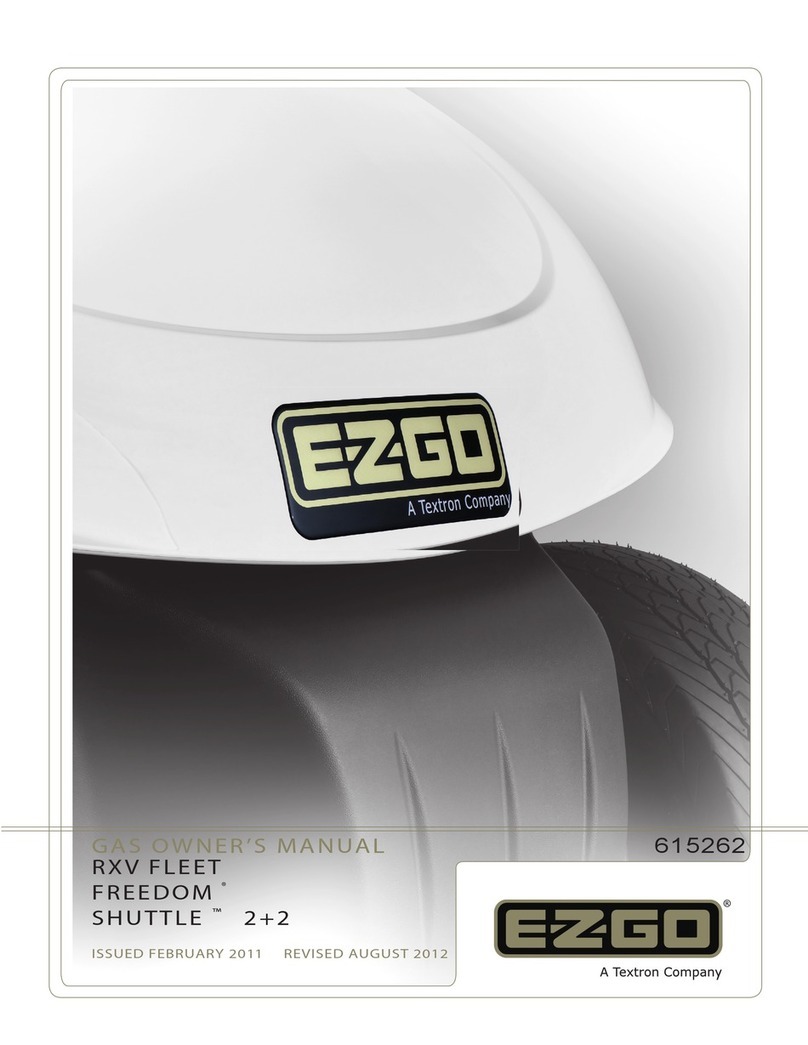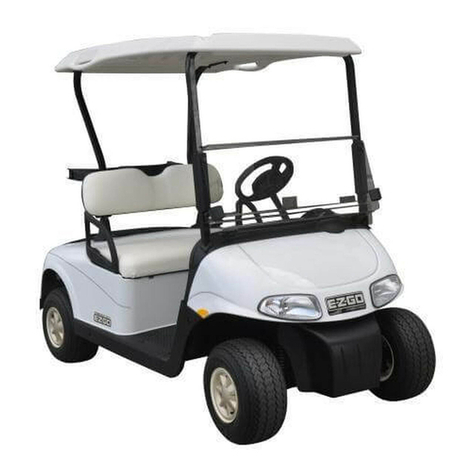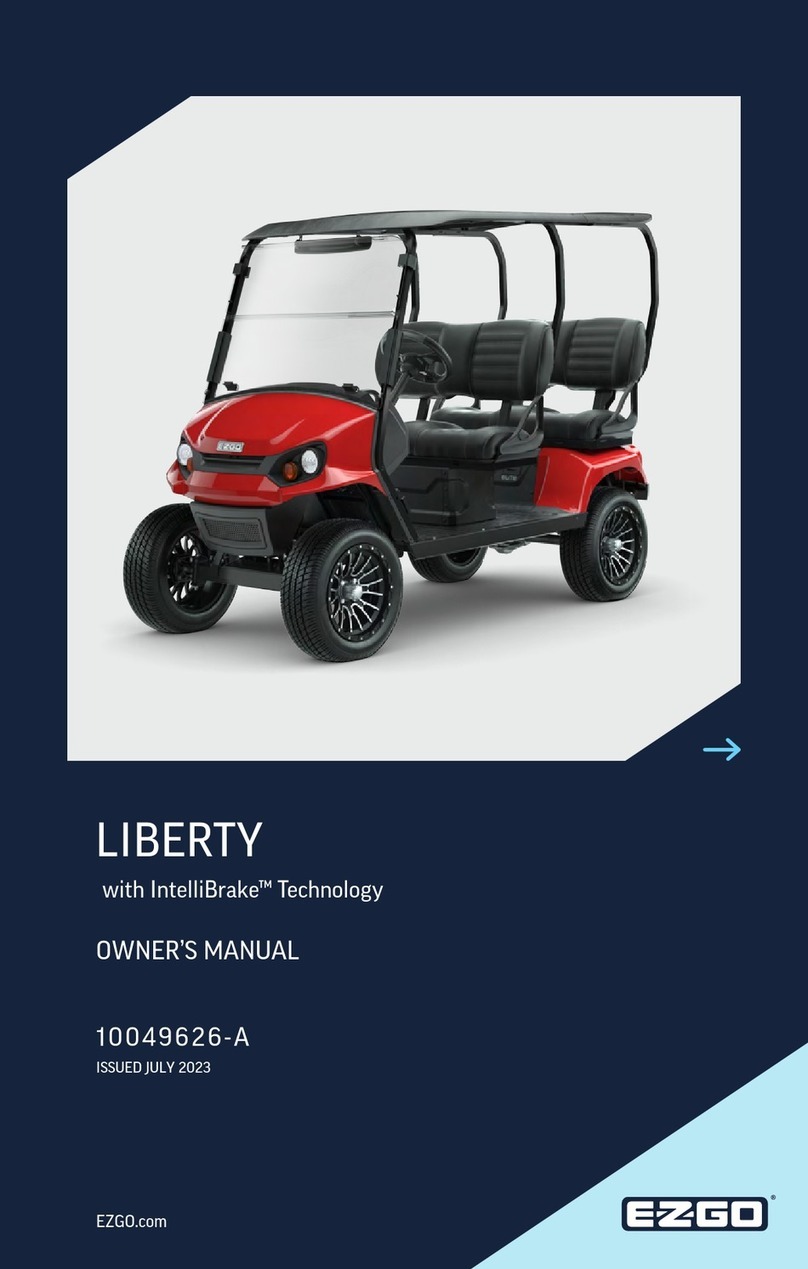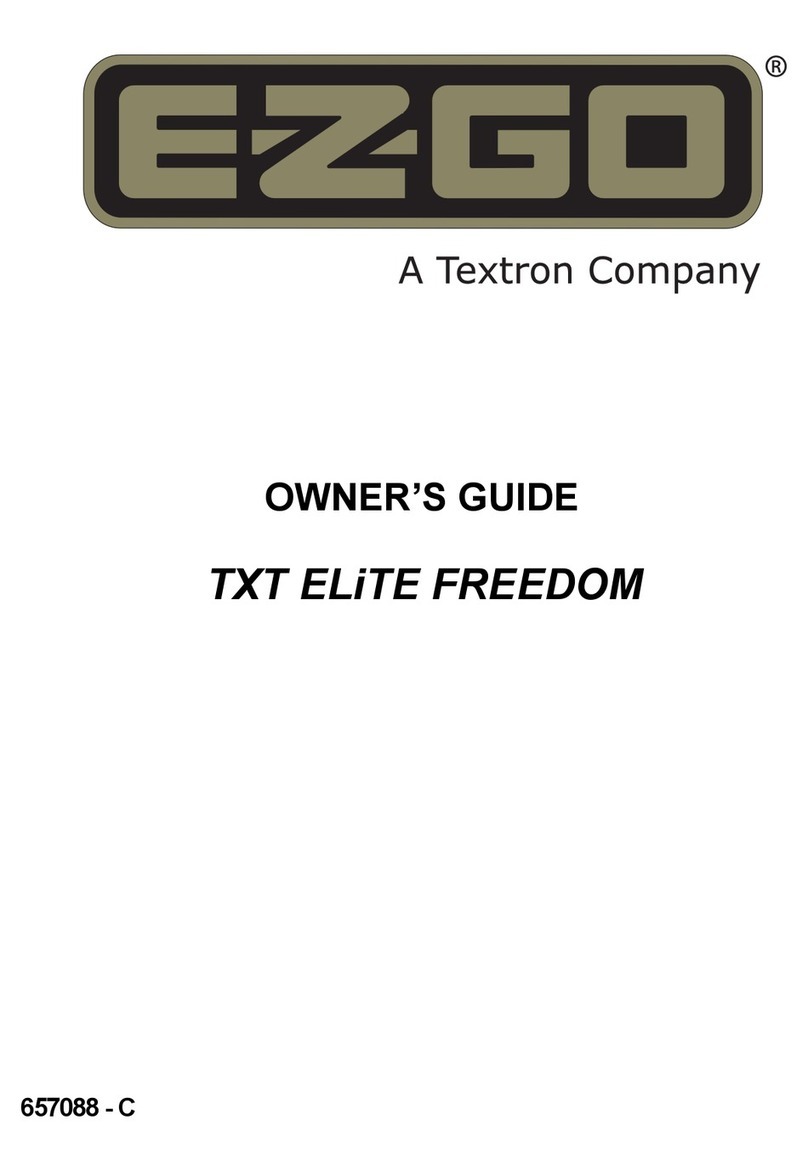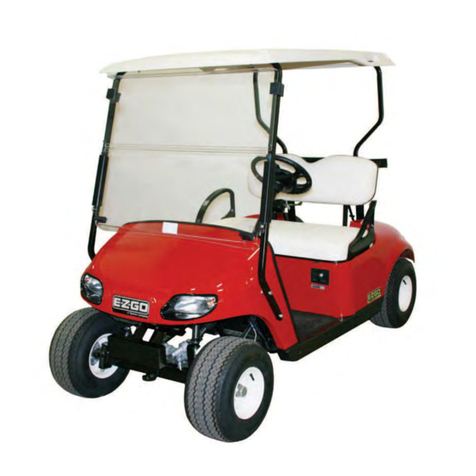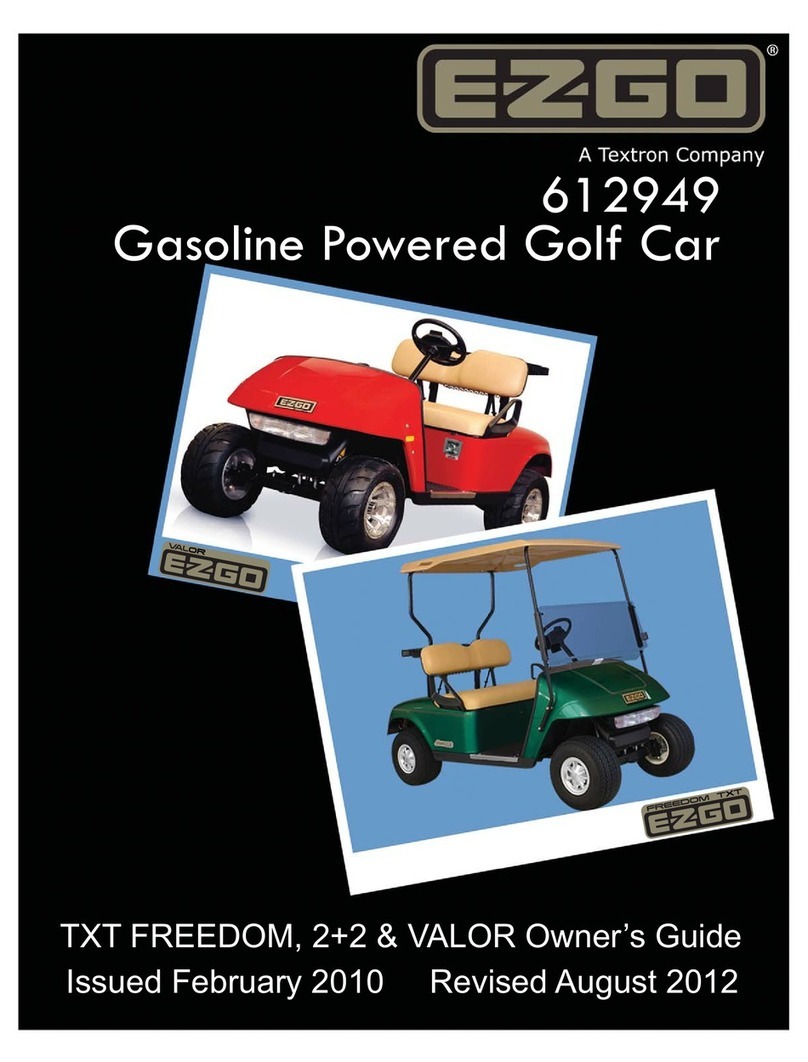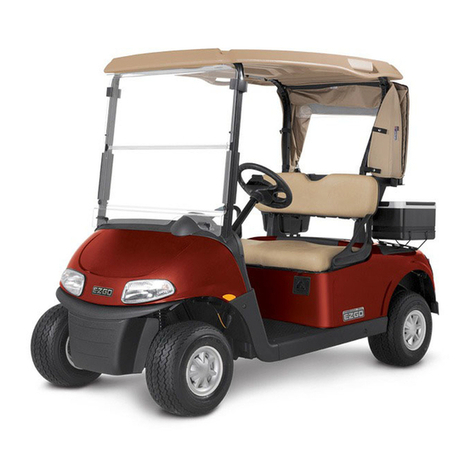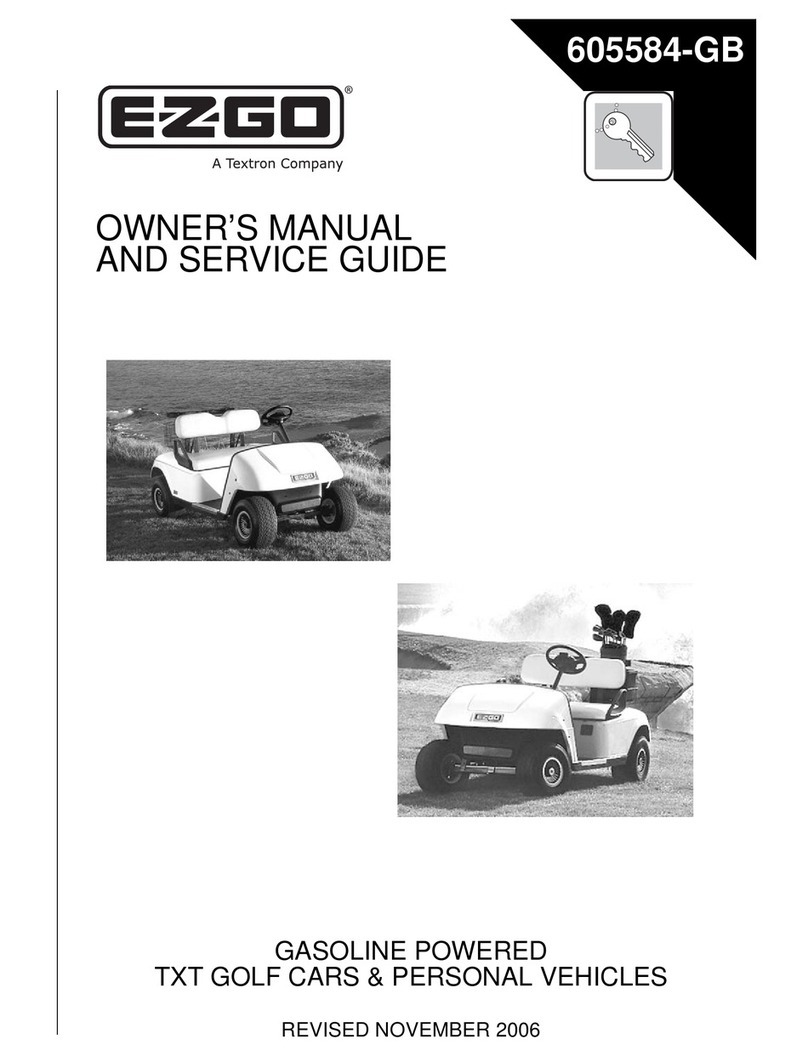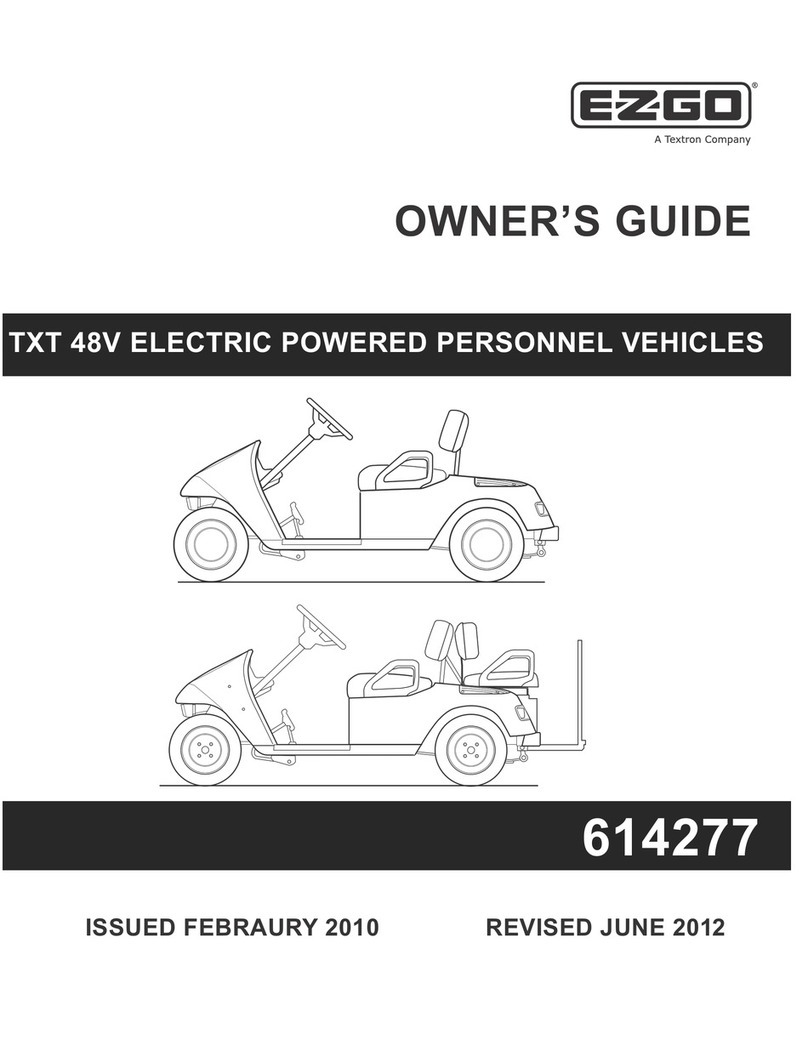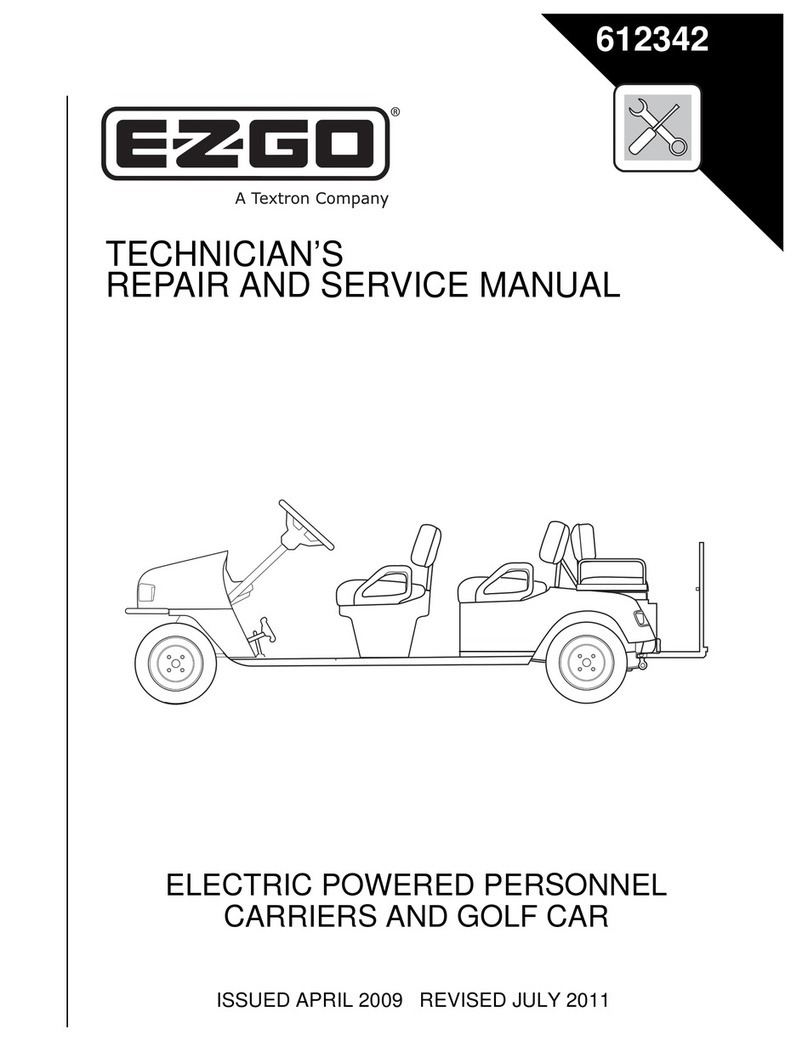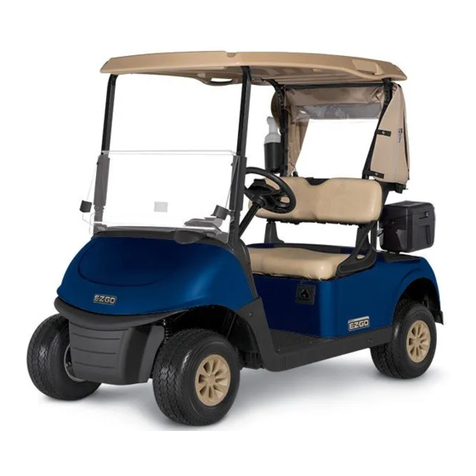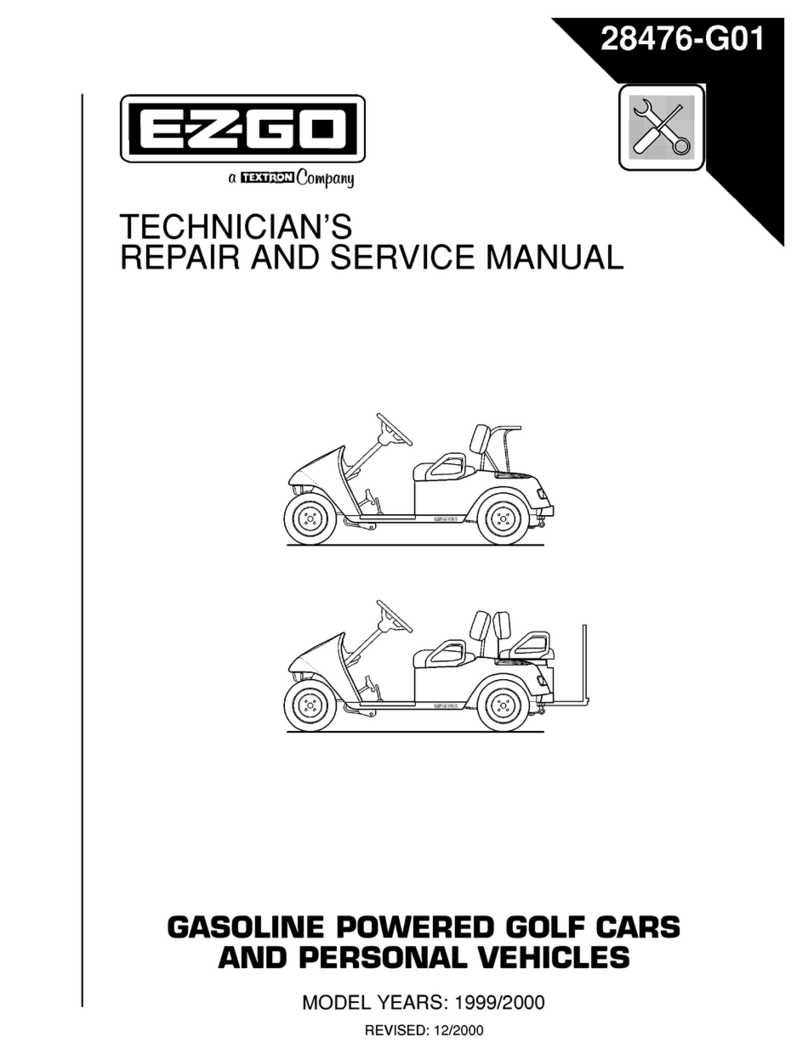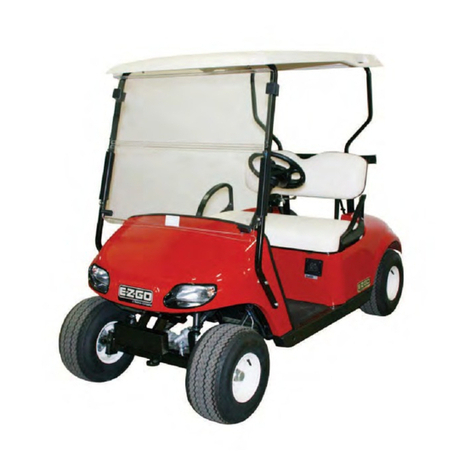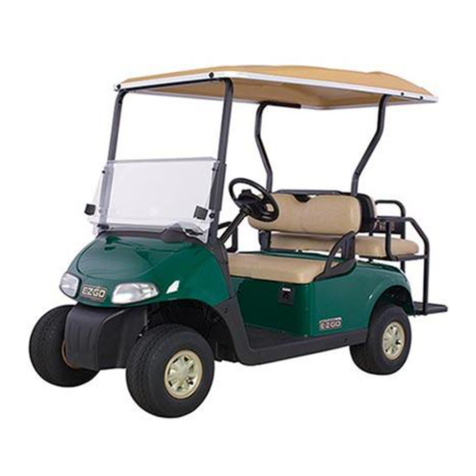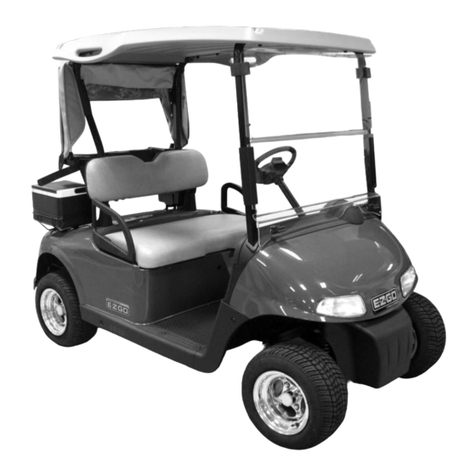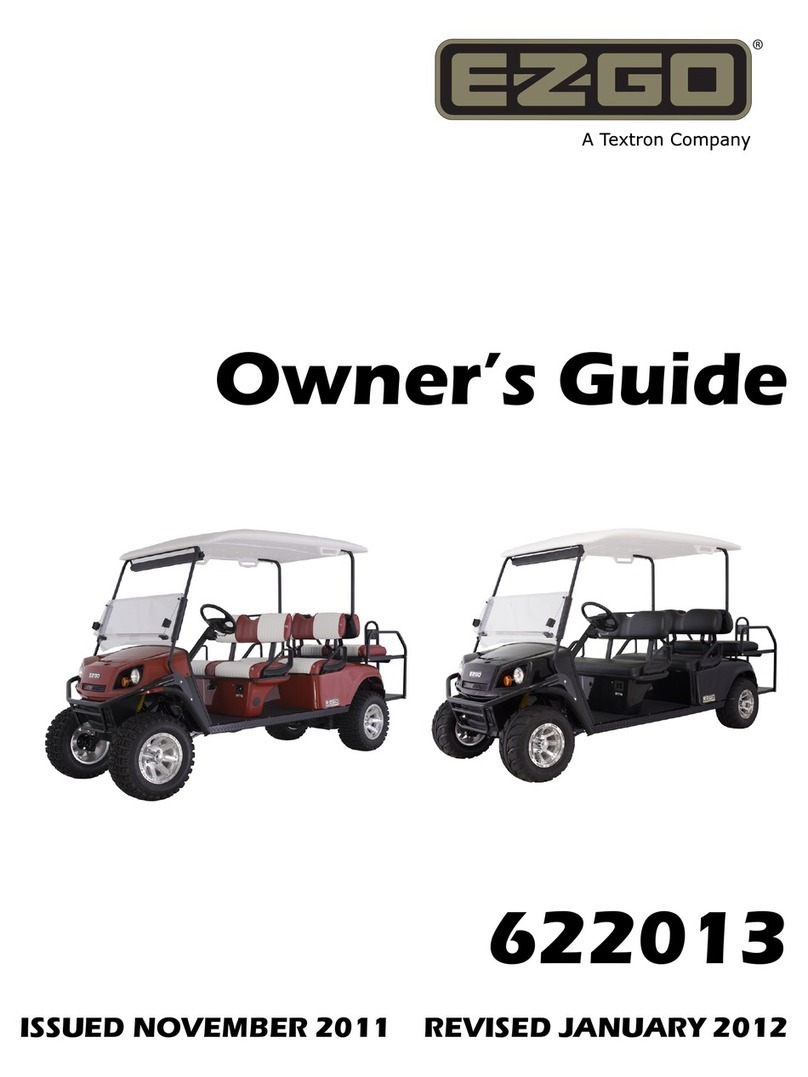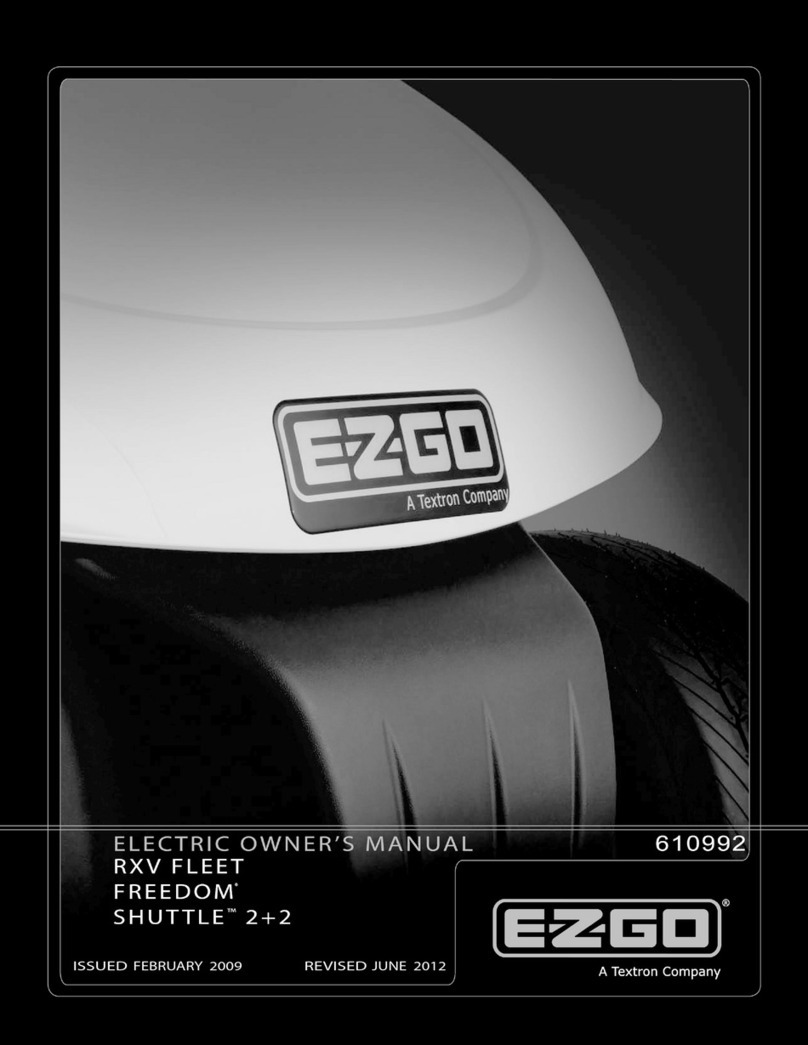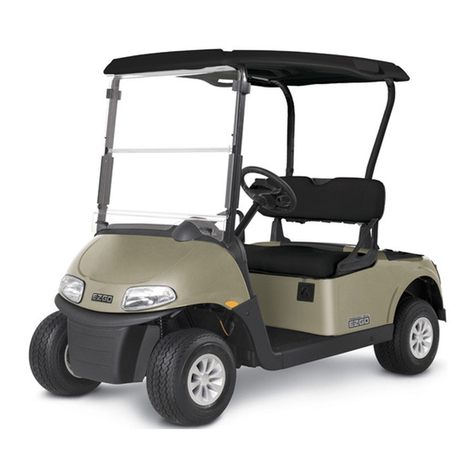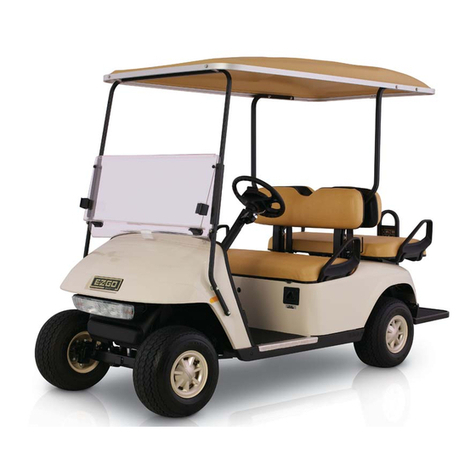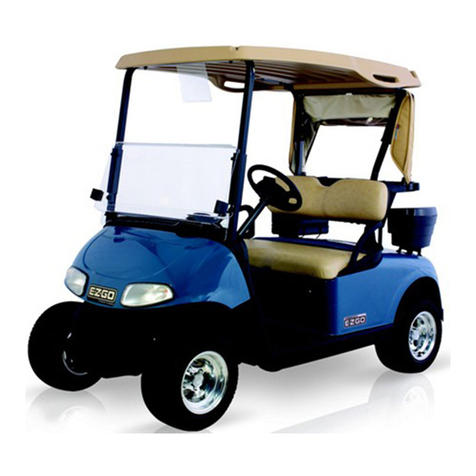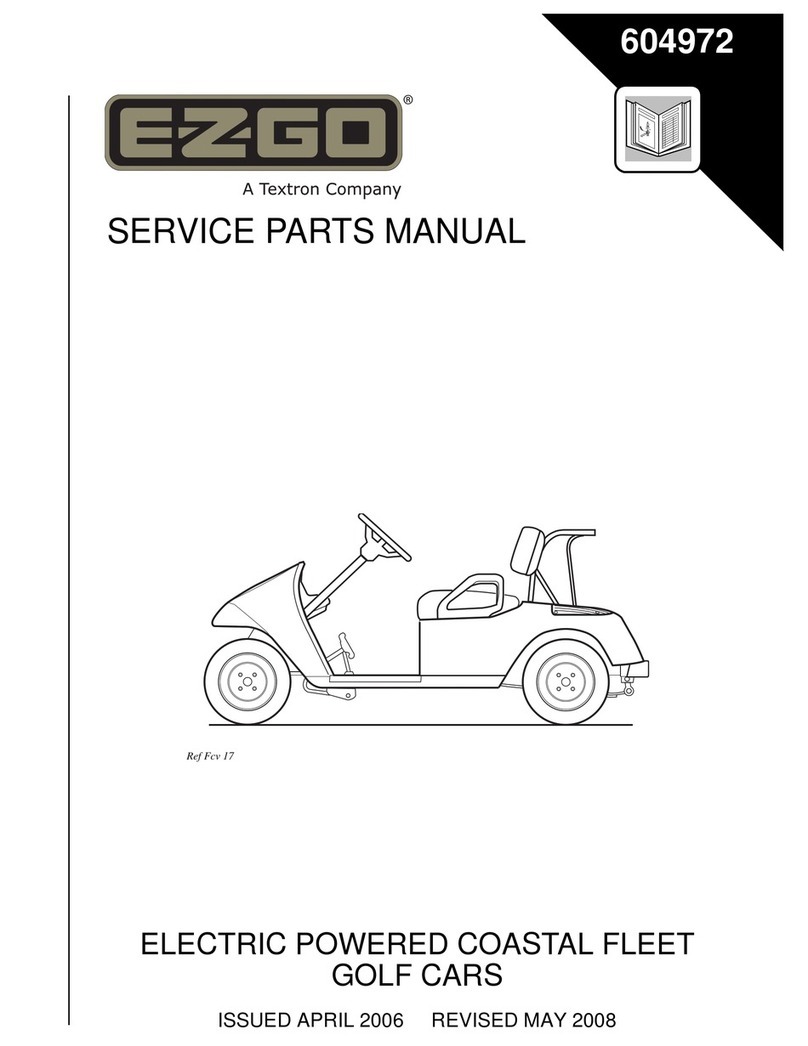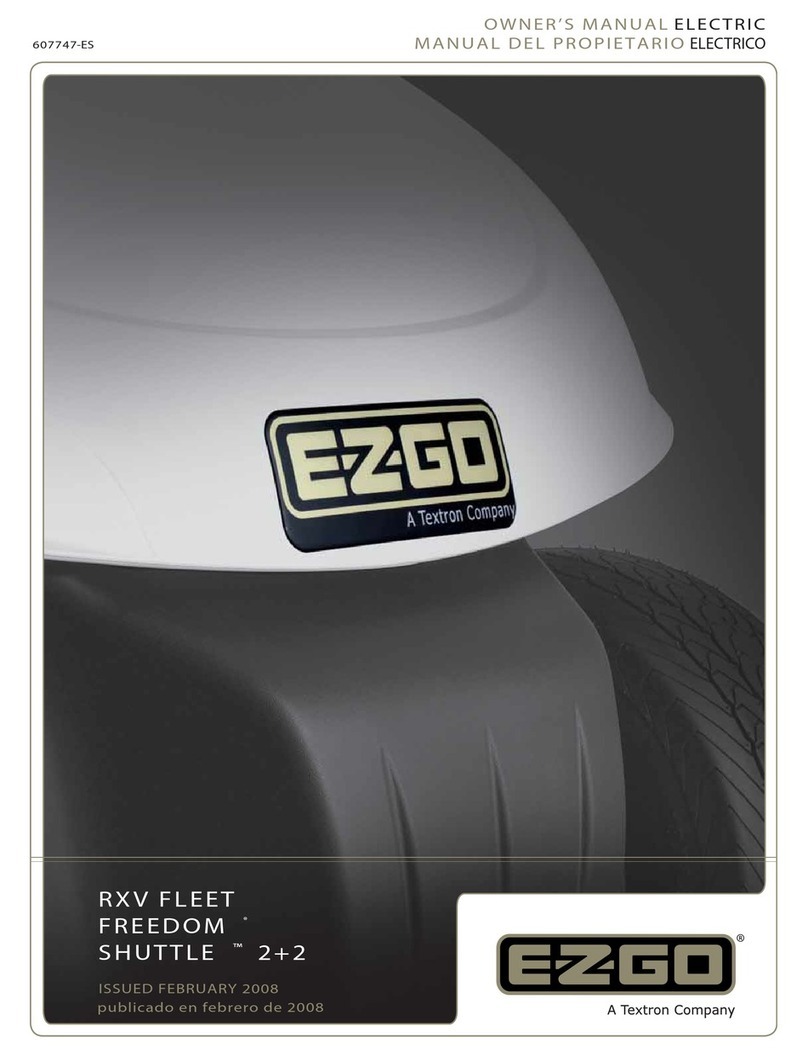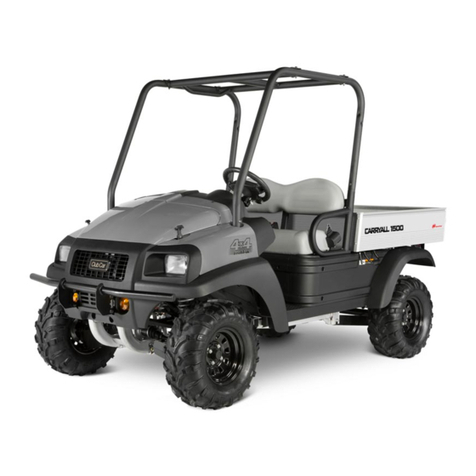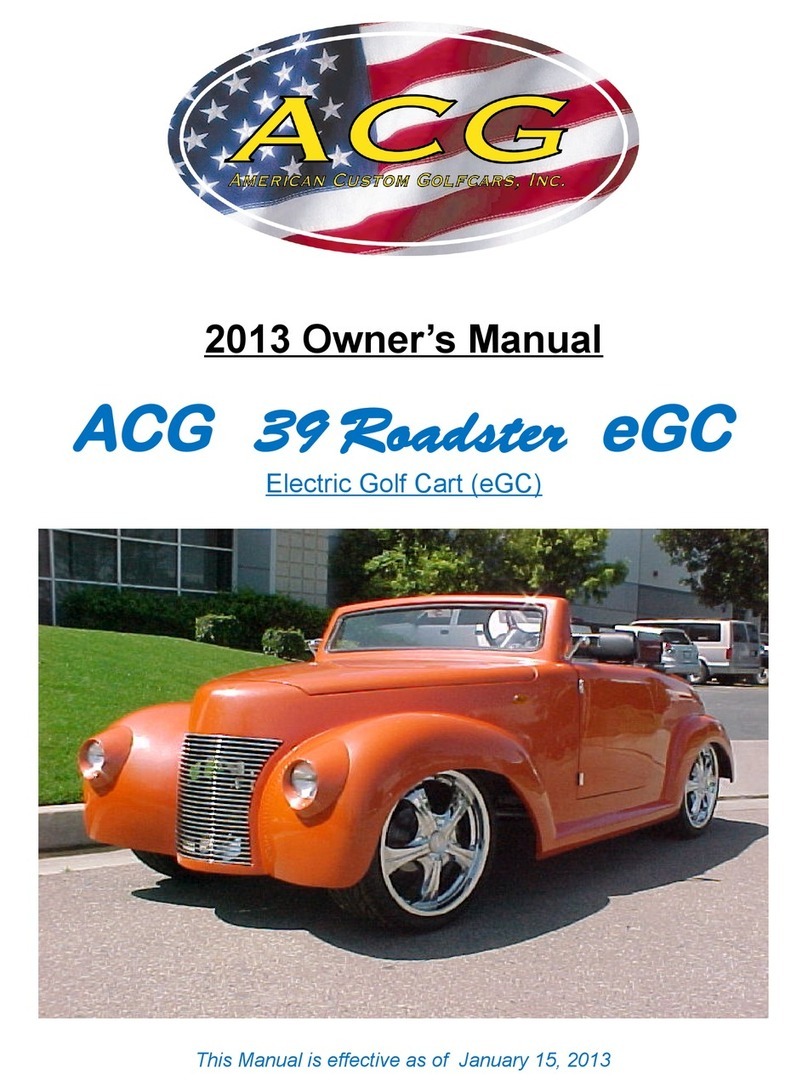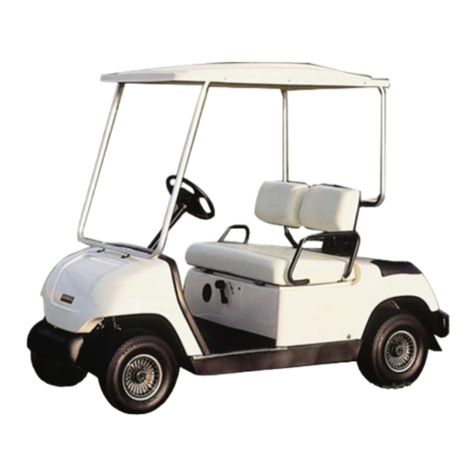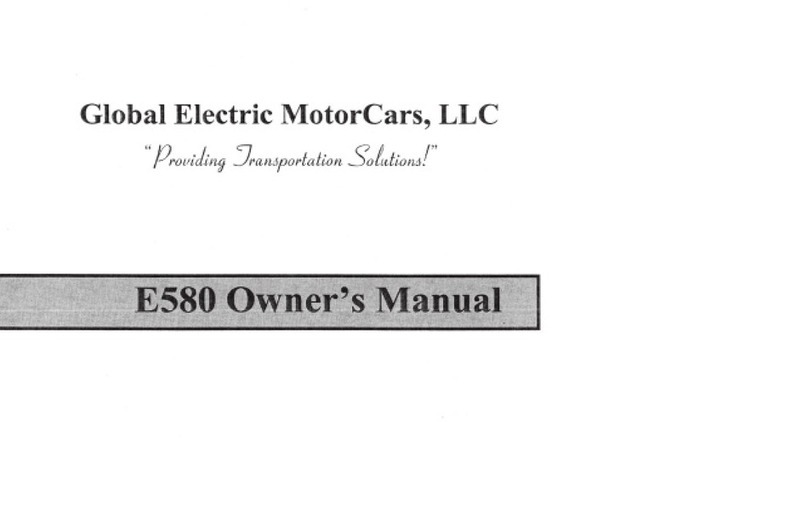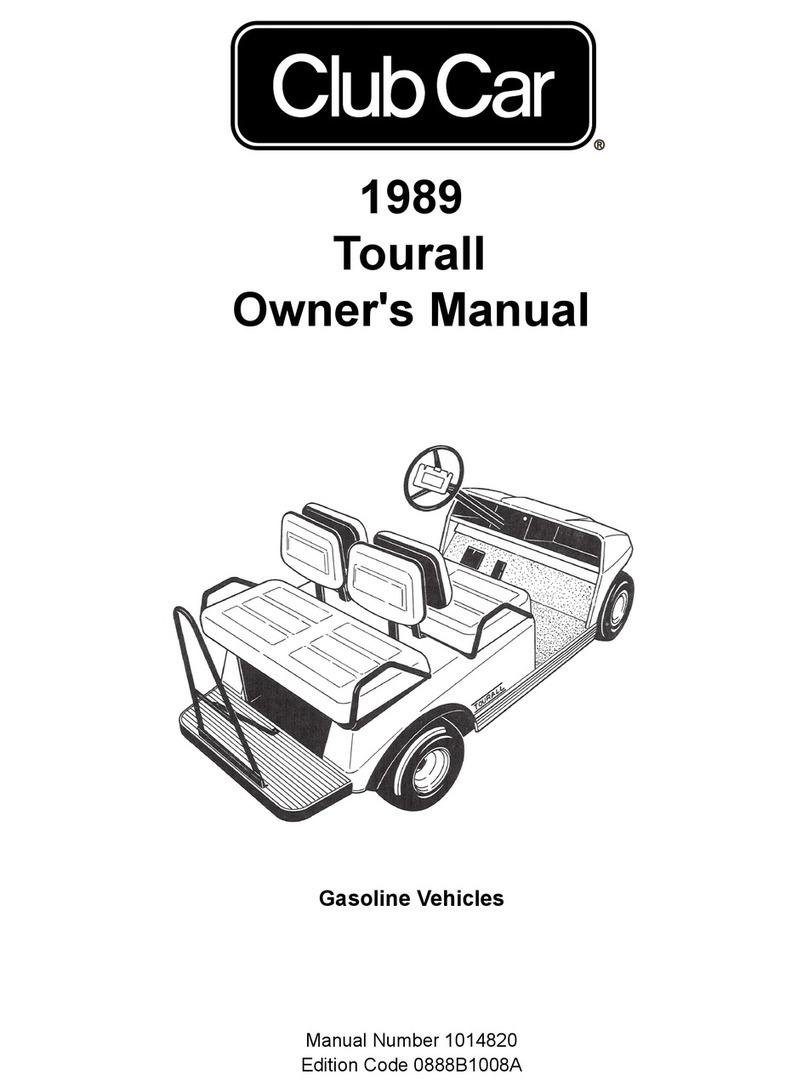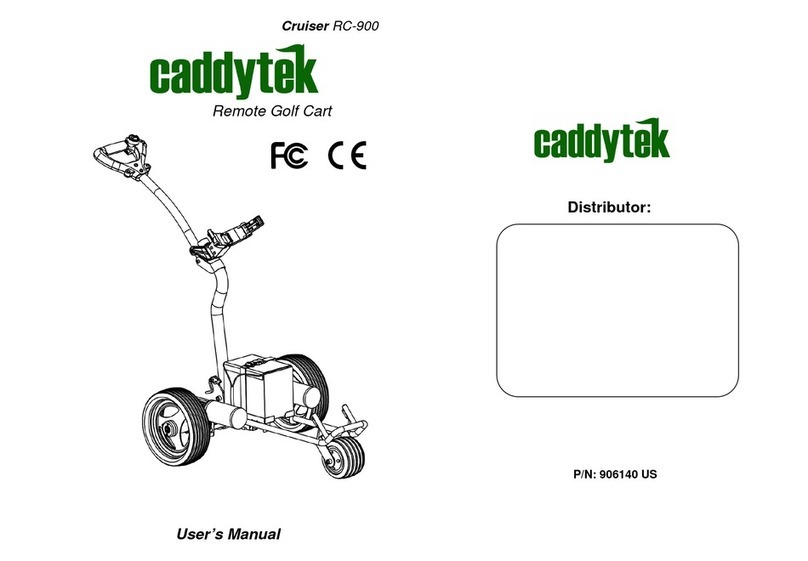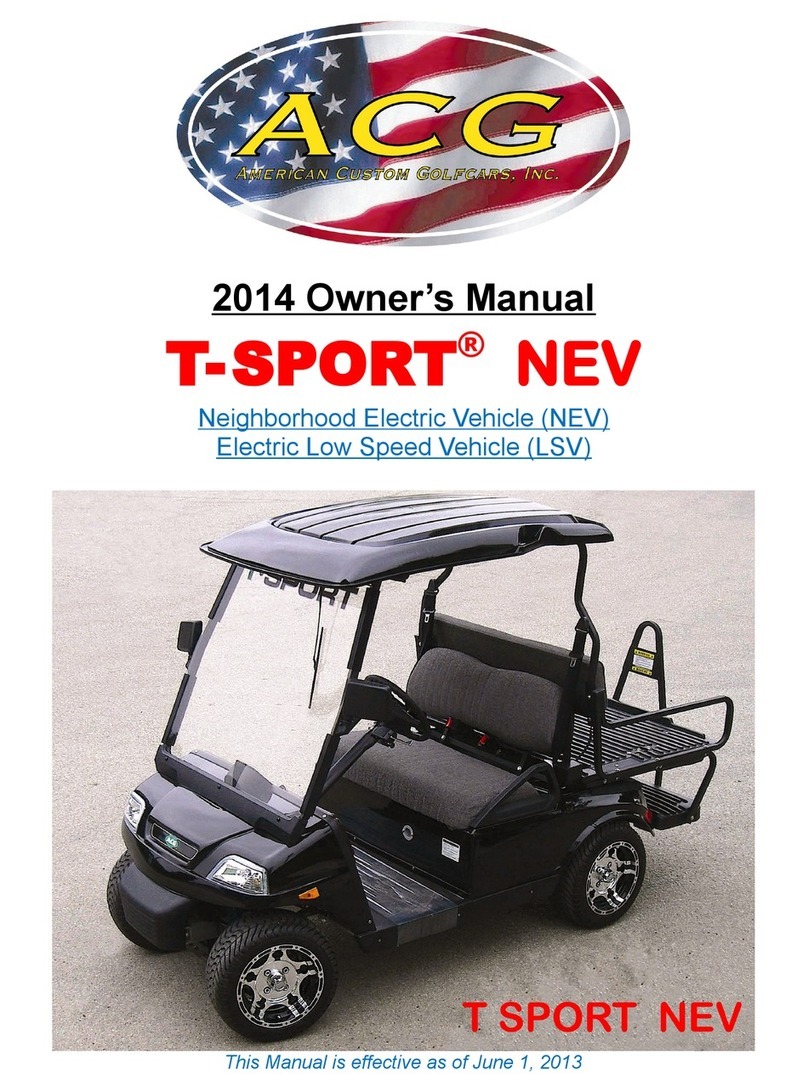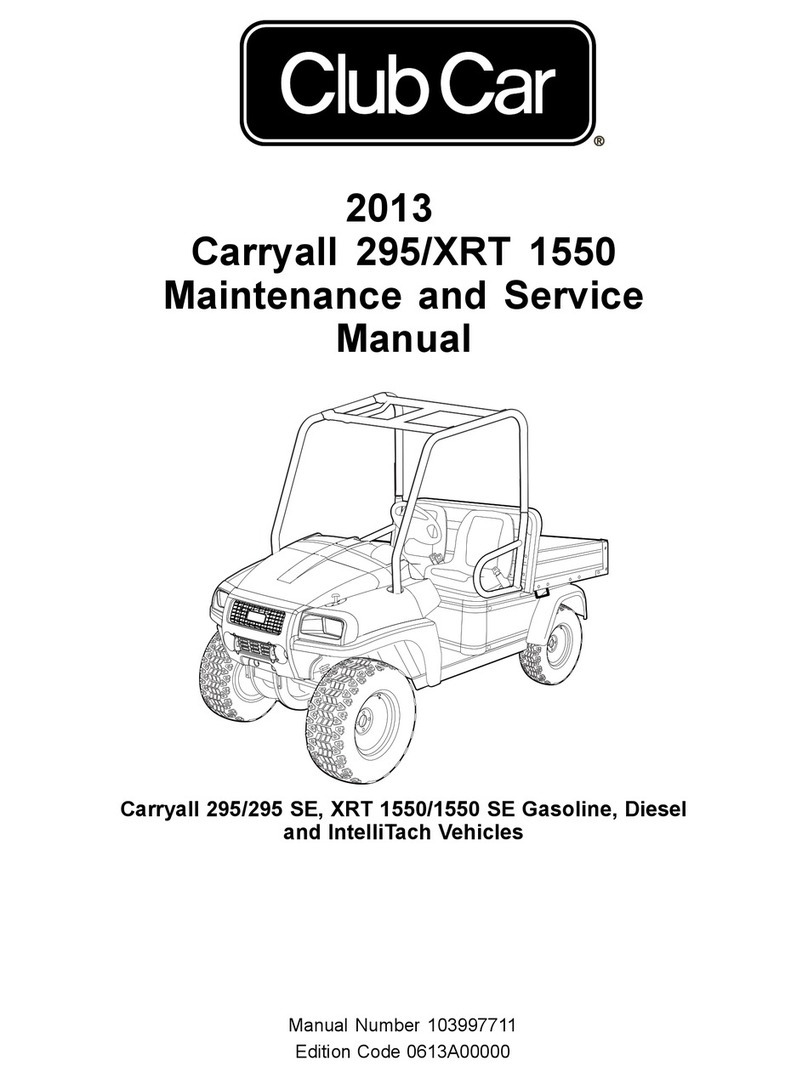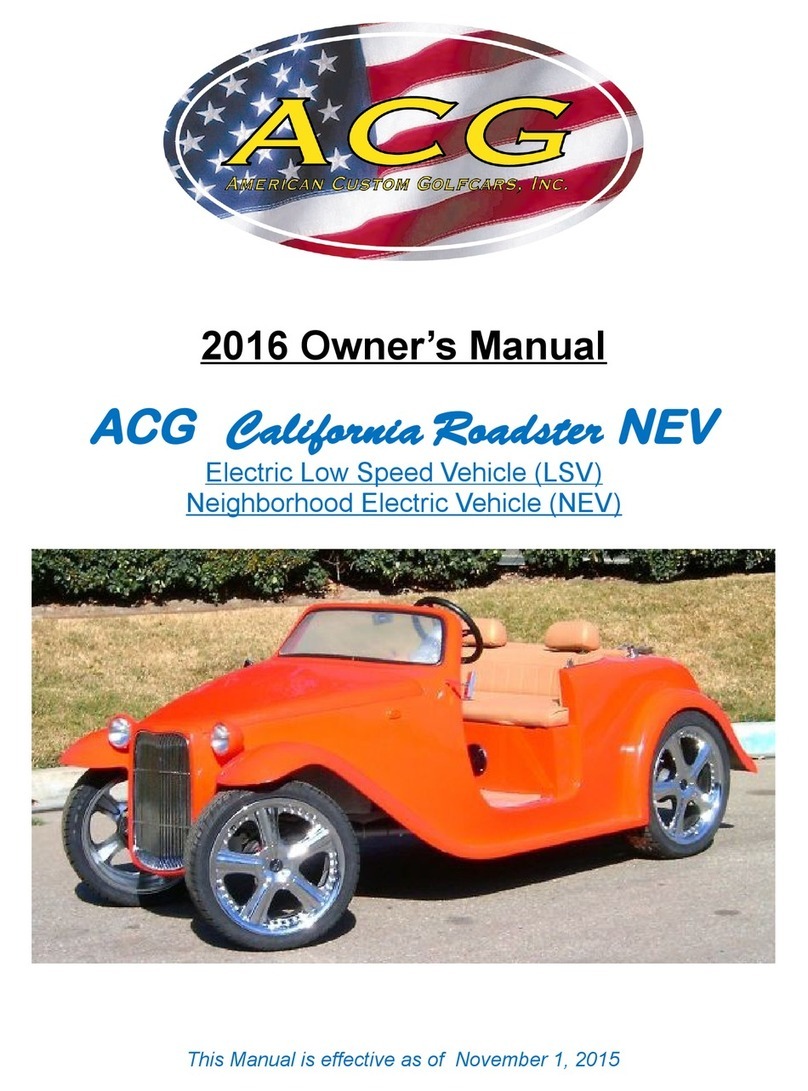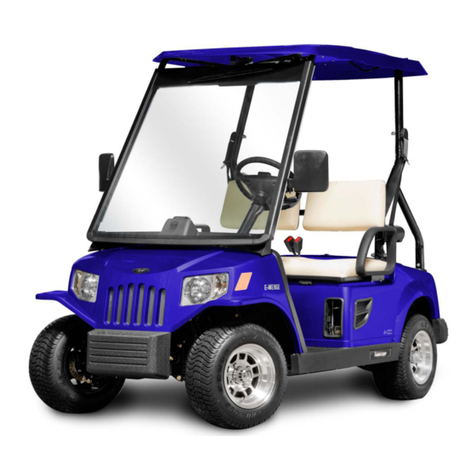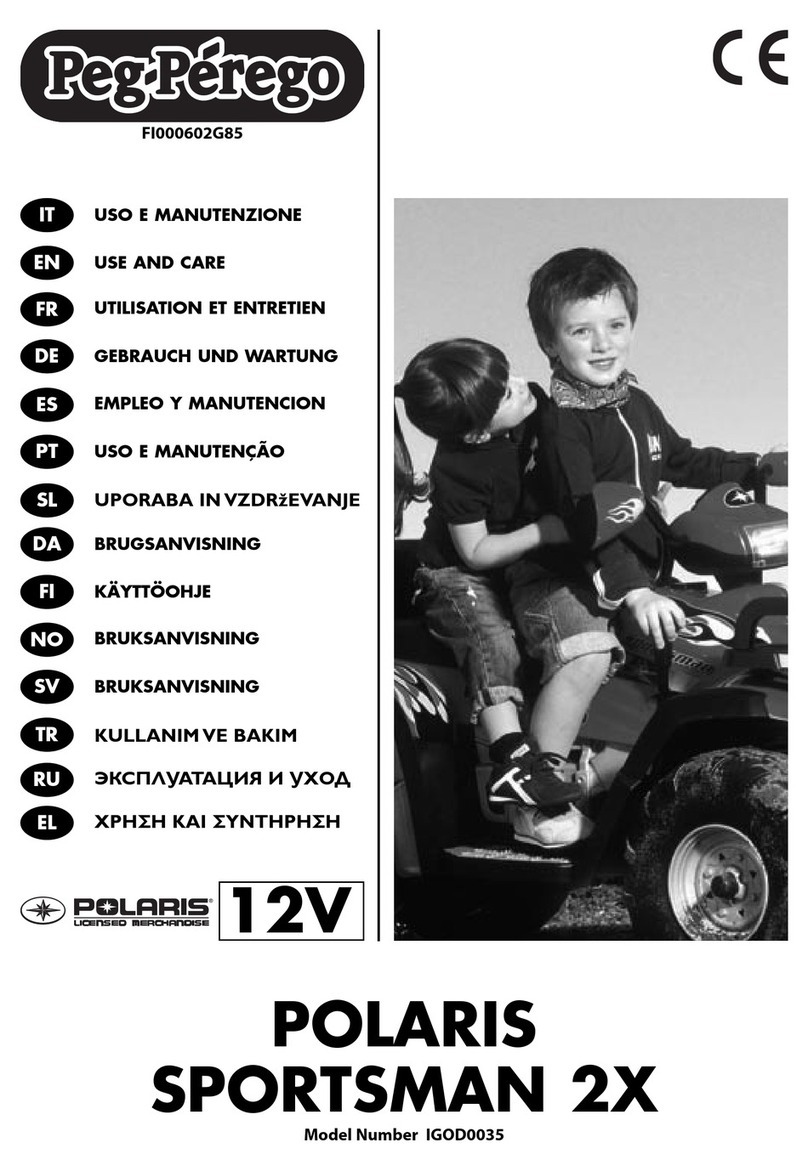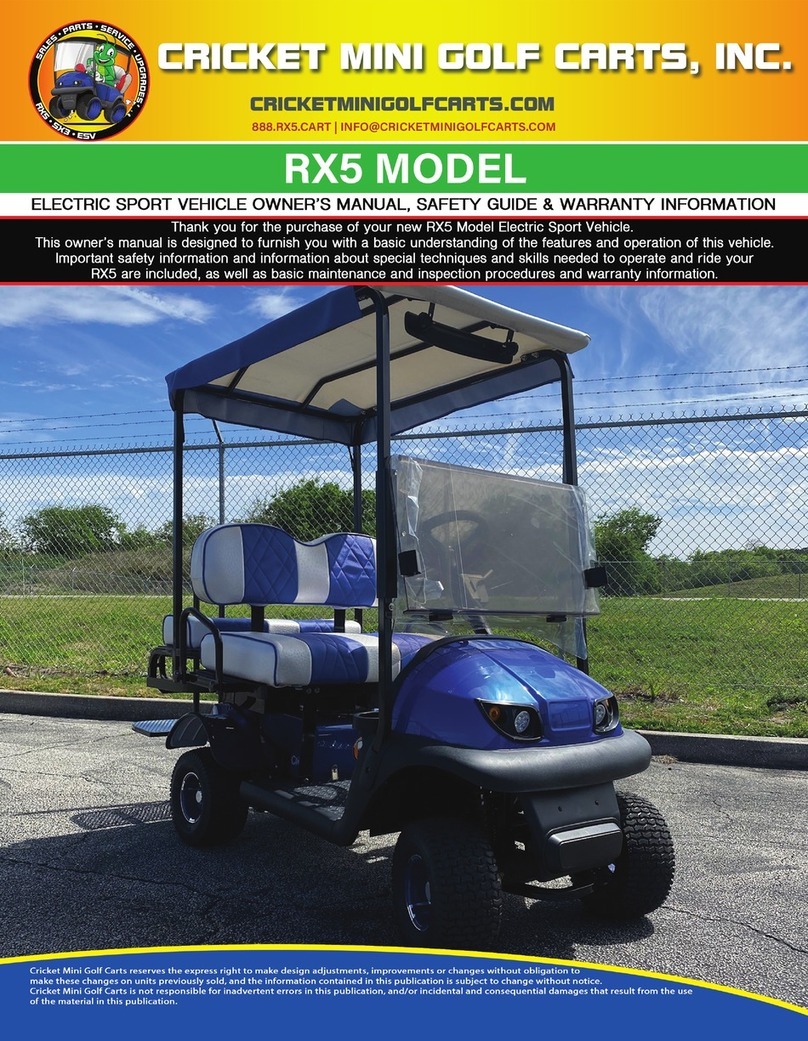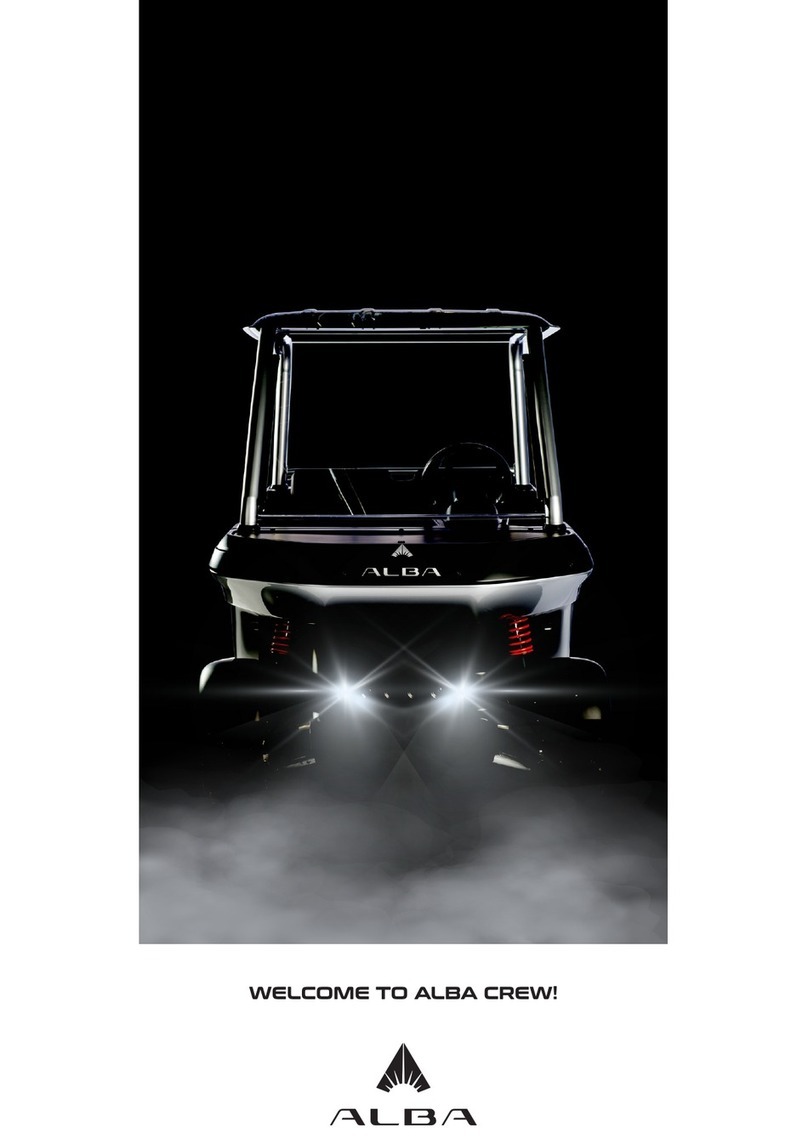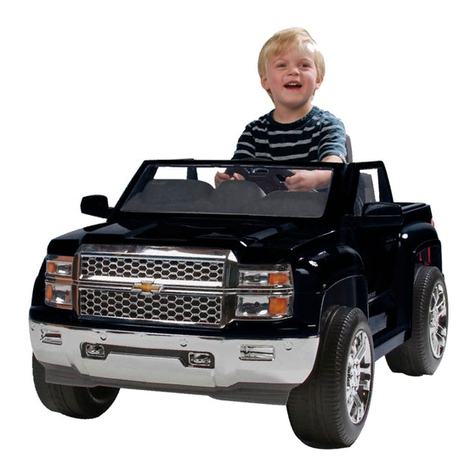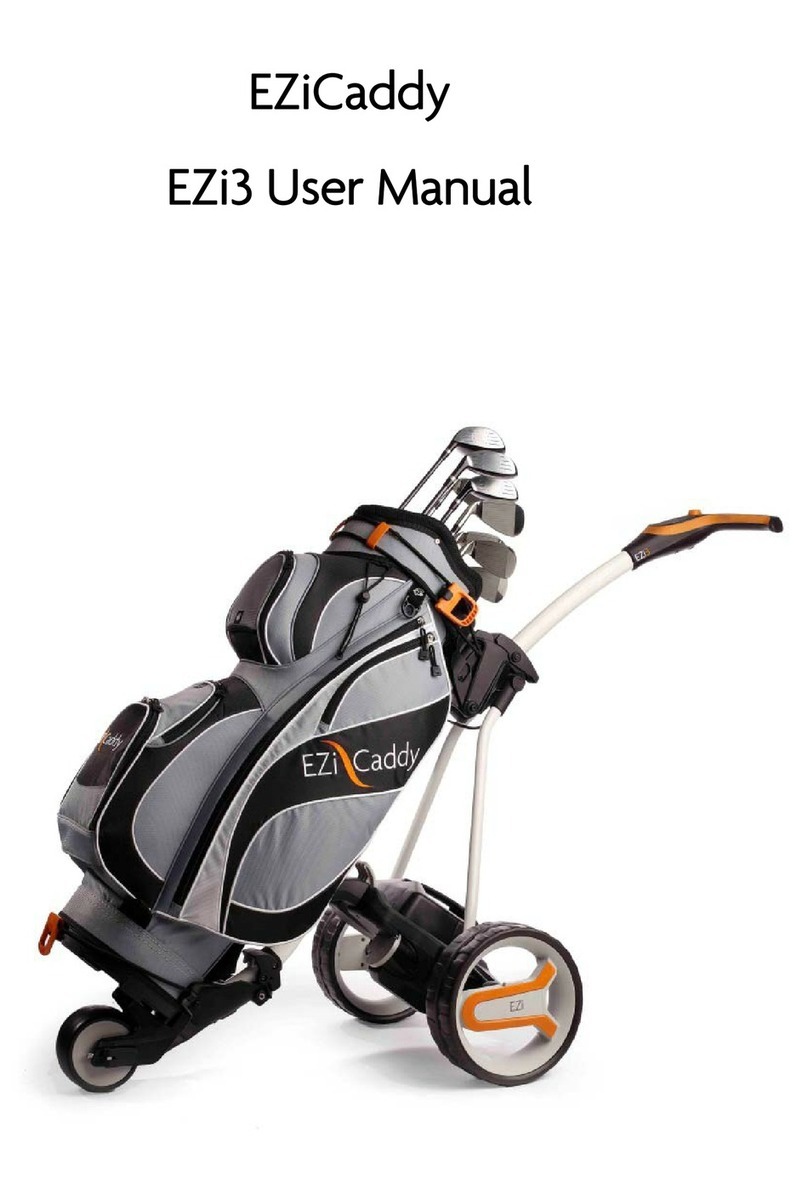
Page iii
TABLE OF CONTENTS
Owner’s Manual and Service Guide
SAFETY ................................................................................................................ Inside covers
GENERAL INFORMATION .......................................................................................................ii
SAFETY INFORMATION ........................................................................................................... v
GENERAL ................................................................................................................................. ix
BEFORE INITIAL USE ..............................................................................................................1
Fig. 1 Initial Service Chart .........................................................................................................1
PORTABLE CHARGER INSTALLATION ............................................................................................................1
Fig. 2 Proper Charger Installation .............................................................................................2
Fig. 3 Charger Receptacle Location .........................................................................................2
CONTROLS AND INDICATORS ............................................................................................... 2
KEY/LIGHT SWITCH ...........................................................................................................................................2
Fig. 4 Key/Light Switch & State of Charge Meter .....................................................................3
DIRECTION SELECTOR .....................................................................................................................................3
Fig. 5 Direction Selector Types .................................................................................................3
STATE OF CHARGE METER .............................................................................................................................3
HOUR METER ..................................................................................................................................................... 3
ACCELERATOR PEDAL .....................................................................................................................................3
Fig. 6 Accelerator and Brake Controls ......................................................................................3
COMBINATION SERVICE BRAKE AND PARK BRAKE PEDAL ........................................................................4
RUN - TOW/MAINTENANCE SWITCH (PDS VEHICLES ONLY) .............................................4
Fig. 7 Run-Tow/Maintenance Switch ........................................................................................4
PLASTIC LOADBED .................................................................................................................4
MANUAL LIFT BED OPERATION .......................................................................................................................5
Fig. 8 Manual Bed Latch ...........................................................................................................5
TAILGATE OPERATION .....................................................................................................................................5
OPERATING THE VEHICLE ..................................................................................................... 5
PRECISION DRIVE SYSTEM™ ..........................................................................................................................6
Regenerative Braking .............................................................................................................................6
Pedal-Up Braking ....................................................................................................................................6
Walk-Away Feature ................................................................................................................................7
Anti-Roll Back Feature ............................................................................................................................7
Anti-Stall Feature ....................................................................................................................................7
High Pedal Disable Feature ....................................................................................................................7
Default Mode Feature .............................................................................................................................7
STARTING AND DRIVING ..................................................................................................................................7
STARTING VEHICLE ON A HILL ........................................................................................................................8
COASTING ..........................................................................................................................................................8
LABELS AND PICTOGRAMS .............................................................................................................................8
SUN TOP AND WINDSHIELD .............................................................................................................................8
TOWING A TRAILER ..........................................................................................................................................8
VEHICLE CLEANING AND CARE ............................................................................................9
VEHICLE CLEANING ..........................................................................................................................................9
REPAIR ......................................................................................................................................9
LIFTING THE VEHICLE ......................................................................................................................................9
Fig. 9 Lifting the Vehicle .........................................................................................................10
WHEELS AND TIRES ......................................................................................................................................10
Tire Repair ............................................................................................................................................10
Wheel Installation .................................................................................................................................11
Fig. 10 Wheel Installation .......................................................................................................11
LIGHT BULB REPLACEMENT ..........................................................................................................................11
Fig. 11 Headlight and Turn Signal Bulb Replacement ............................................................11
Fig. 12 Tail and Brake Light Bulb Replacement .....................................................................11
FUSE REPLACEMENT .....................................................................................................................................11
TRANSPORTING VEHICLE ....................................................................................................12
TOWING ............................................................................................................................................................12
